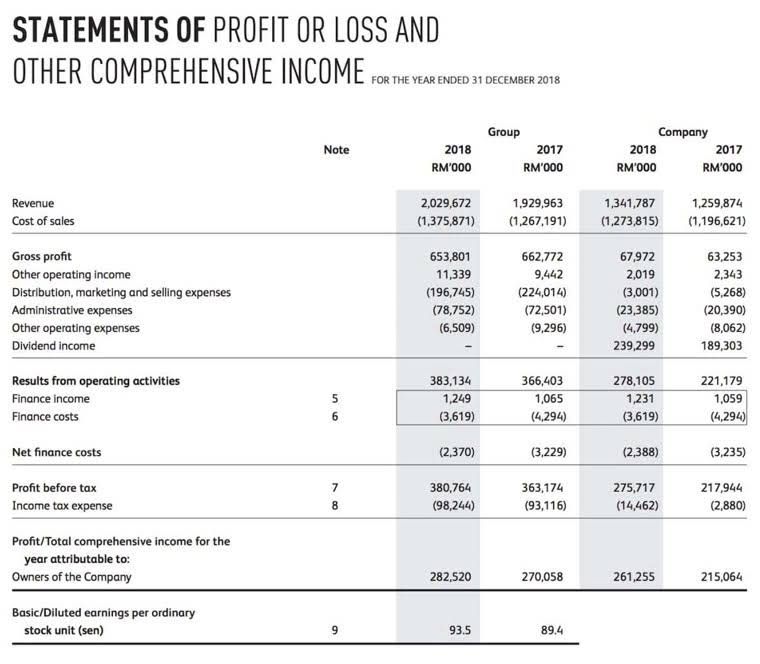
Countries around the world are struggling with shrinking fiscal space; debt levels are close to record highs, interest payments are increasing rapidly due to high inflation, and the global economic outlook is very uncertain. As governments consider the role of taxation to respond to this environment, we outline in this blog three reasons why maintaining or increasing the progressivity of the tax system is important. These reasons are drawn from insights gained from the most recent round of the World Values Survey, the latest World Bank Poverty and Shared Prosperity Report and a new World Bank working paper. The major difference between regressive and progressive taxes is who pays more.
Publications
- “Regressive” describes a distribution effect on income or expenditure, referring to the way the rate progresses from high to low, where the average tax rate exceeds the marginal tax rate.
- If taxes fall on an unintended party, it may not achieve its intended objective and may not be fair.
- All told, of the 38 people responsible for writing and editing Project 2025, 31 were appointed or nominated to positions in the Trump administration and transition.
- Regressive taxes represent a tax structure where a higher burden is placed on low-income individuals.
- Taxes imposed and collected on products that are deemed to be harmful to society are called sin taxes.
Although the fee is the same amount, it constitutes a more significant burden on the family with the lower income, again making it a regressive tax. While there are a few ways to calculate effective tax rate, the simplest way is to divide you total tax by your taxable income. TurboTax calculates effective tax rate in a more sophisticated way by adjusting for various recaptured taxes and tax credits. A progressive tax is when the tax rate you pay increases as your income rises. You only pay your highest percentage tax rate on the portion of your income that exceeds the minimum threshold for that tax bracket. Councilman Paul Dillon said he would support this tax measure due to the depth of the city’s financial difficulties, but broadly has concerns with sales taxes, which hit lower income consumers harder.
Do you already work with a financial advisor?
- Twenty-five of Project 2025’s authors served as members of the Trump administration.
- Progressive taxation has evolved over time, with significant milestones, including the introduction of marginal tax rates and the development of the welfare state.
- For income below that limit, you pay the same amount of federal income taxes as everyone else, even if they earn less overall.
- A progressive tax takes a higher percentage of tax from people with higher incomes.
- Under a proportional income-tax system, individual taxpayers pay a set percentage of annual income regardless of how much they earn.
They regularly contribute to top tier financial publications, such as The Wall Street Journal, U.S. News & World Report, Reuters, Morning Star, Yahoo Finance, Bloomberg, Marketwatch, Investopedia, TheStreet.com, Motley Fool, CNBC, and many others. At Finance Strategists, we partner with financial experts to ensure the accuracy of our financial content. Finance Strategists has an advertising relationship with some of the companies included on this website.
Fact check: Did Trump have ‘the safest border in the history of our country’?
Excise taxes are levied on specific goods such as tobacco, alcohol, gasoline, and luxury items. These taxes are often added to the price of the goods and are paid by the consumer at the point of sale. A Form 1040 return with limited credits is one that’s filed using progressive tax IRS Form 1040 only (with the exception of the specific covered situations described below). This leaves more money in the pockets of low-wage earners who are likely to spend more of it on essential goods and services and stimulate the economy in the process.
Tax policy seeks to strike a balance between securing the revenues needed by governments to finance their social and economic programmes and strengthening the tax system’s contributions to inclusive and sustainable economic growth. The opposite of the progressive system is the regressive tax rate where tax liability reduces as the taxable amount increases. Regardless of the rate used, the government aims to collect money from citizens. After pooling all the money together, it can provide public goods and services such as infrastructure and healthcare.
Create a Free Account and Ask Any Financial Question
- Each type of tax has a difference in how they are calculated and the people it affects (primarily depending on different income levels).
- Some of them also consider progressive taxes to be a form of income redistribution that punishes the rich and middle class.
- The Dahsala system is a land-revenue system (system of taxation) which helped to make the collecting system be organised on the basis of land fertility.
- The Trump tax plan virtually doubled the exemption level for this tax in 2018, making it less progressive.
- Florida PACE, a governmental financing agency for energy efficient home improvements, scored a lower court win that the organization claims allows it to operate throughout Florida without local oversight.
At that higher tax bracket, they would need to work more to achieve their after-tax earnings goals. Some states also tax income progressively, while others have a flat tax rate or don’t tax income at all. While it has some drawbacks, such as disincentivizing high-income earners and encouraging tax evasion, the benefits of a progressive tax system outweigh its limitations. While a progressive tax system has several benefits, it also faces criticism for potentially disincentivizing high-income earners, encouraging tax evasion, and being complex and challenging to administer. Progressive tax works by dividing income into different brackets and assigning a tax rate to each bracket. Another major milestone in progressive taxation’s evolution was the introduction of the welfare state concept in the mid-20th century.

Particular attention is paid to the taxation of high net worth individuals (HWNIs) and the need for international policy coordination to effectively address tax policy challenges. Total tax revenues a share of GDP in OECD countries range from 17% to 47%. On average, around ½ of these revenues is from a combination of personal income taxes and social security contributions, ¼ from VAT, 10% from corporate income taxes and other consumption taxes each, and 6% from property taxes.
- The Tax Policy Center recently estimated that 60.6 percent of households paid no individual income tax in 2020.
- The chapter on the Executive Office of the President of the United States, for example, is written by Russ Vought.
- Each dollar the individual earns places them into a bracket or category, resulting in a higher tax rate once earnings meet a new threshold.
- In 1944 and 1945, the highest top rate was 94%, to pay for World War II.
- According to the brief, Florida PACE canceled the individual county agreements after the deadline to appeal the bond procedure had passed and before tax collectors had discovered what the action in court in Leon County meant.
If approved by voters this November, the proposed sales tax increase of 0.1% is projected to generate about $7.7 million annually over its initial years – with 15% going to Spokane County, in accordance with state law. For every $1,000 spent on retail goods and services in the city, the tax would cost consumers an additional $1. If states like Kentucky – or West Virginia, which is also on a “march to zero” for their income tax – want to replicate the Tennessee model, working families will have a net tax increase while wealthy families reap the benefits.

